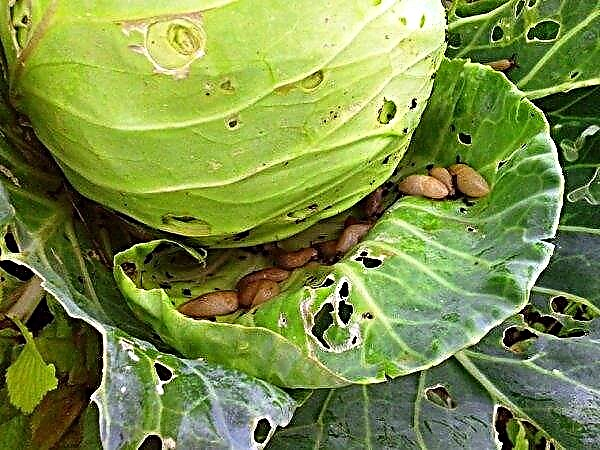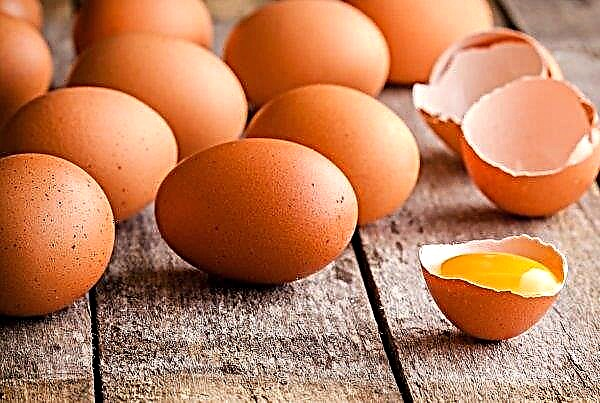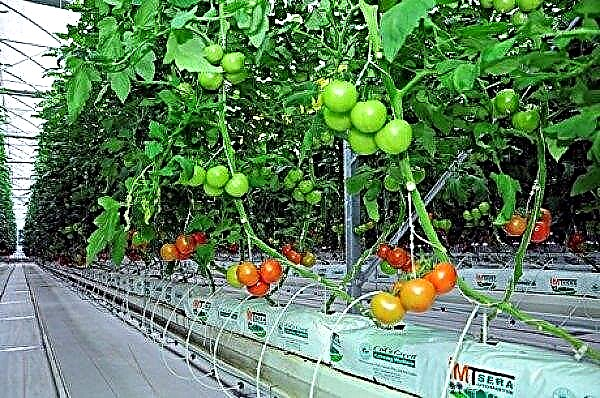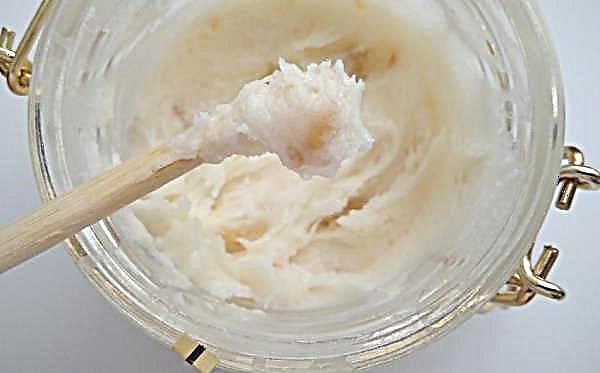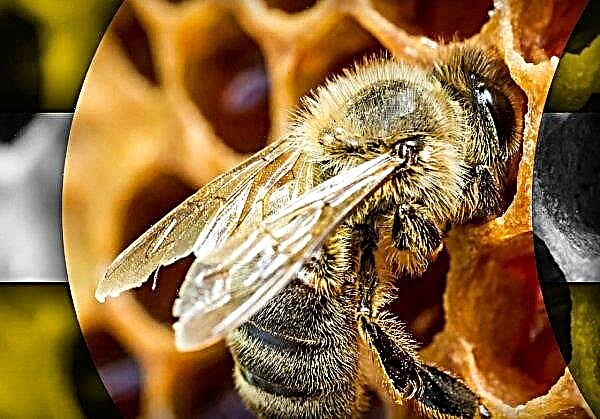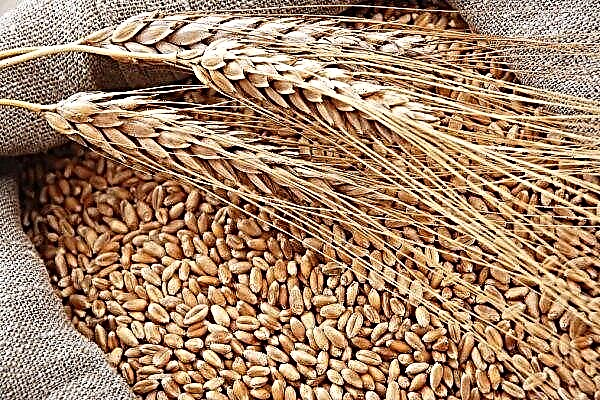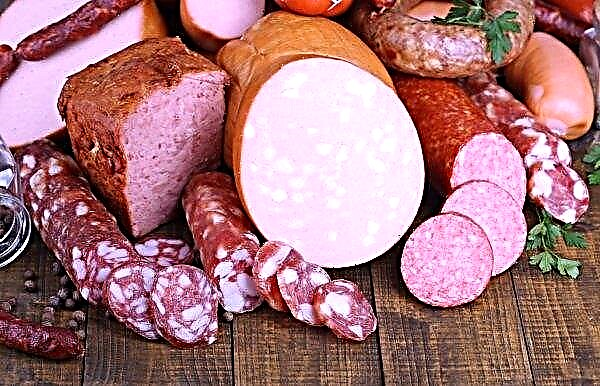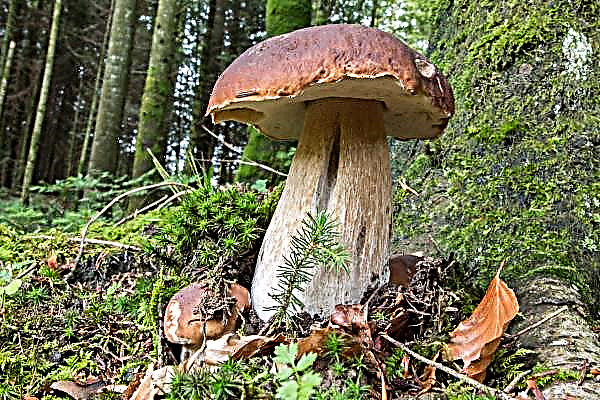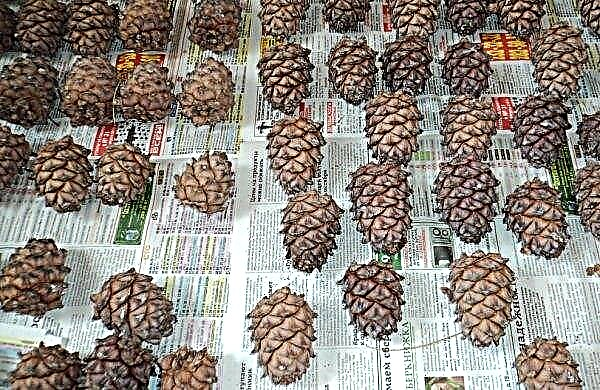Breeders have the rare pleasure of meeting a new breed of chicken and, especially, a holiday that begins when news about the Hungarian breed of bird comes to the fore.
Chicken Palóc with a rabbit neck meets the requirements of the National Association of Hungarian Pigeons and Pets, so soon it will become a new instance for exhibitions - and also for poultry houses.
The agricultural sector of Hungary employs about 7% of the total working population of the country, while the sector includes 960 thousand private farms and about 8.5 thousand agricultural enterprises. The country's food industry provides up to 20% of industrial production and more than 10% of exports.
Major Faluheli in Matranovak hides rare treasures for visitors interested in animal breeding. Horses, sheep, pigs, rabbits, ducks, pigeons - all these are today followers of the old Hungarian breeds, which have retained all their previous indicators, but in their production they correspond to today's expectations. Here Gyula Feldi, the owner of the estate, with the help of his sons created a breed of chicken, which is new in the current assortment, but is still a long-lost breed, more than a century ago.

Chicken Palóc with a rabbit-like neck looks strange, but still interesting and beautiful. The name “rabbit” in the Palotsky dialect means “uncovered”, never used in the traditional sense of baldness. Bald hair means a surface that was previously covered with feathers, hair, but which was injured or scratched the skin.
- Earlier we wrote Hungary: more than 53 thousand turkeys will be killed due to bird flu
- In the territory of the Madona Territory, Balticovo launched the first free-standing chicken coop in Latvia. 20 thousand birds will be able to take walks every day over the area of the enterprise, which occupies 8 hectares. This was reported by company representatives.
- Last year, meat accounted for the largest revenue in food retail sales in Hungary. According to data provided by Nielsen, last year the population spent about 66 852 600 dollars on food in stores, which corresponds to an increase of 1% in the volume change.

